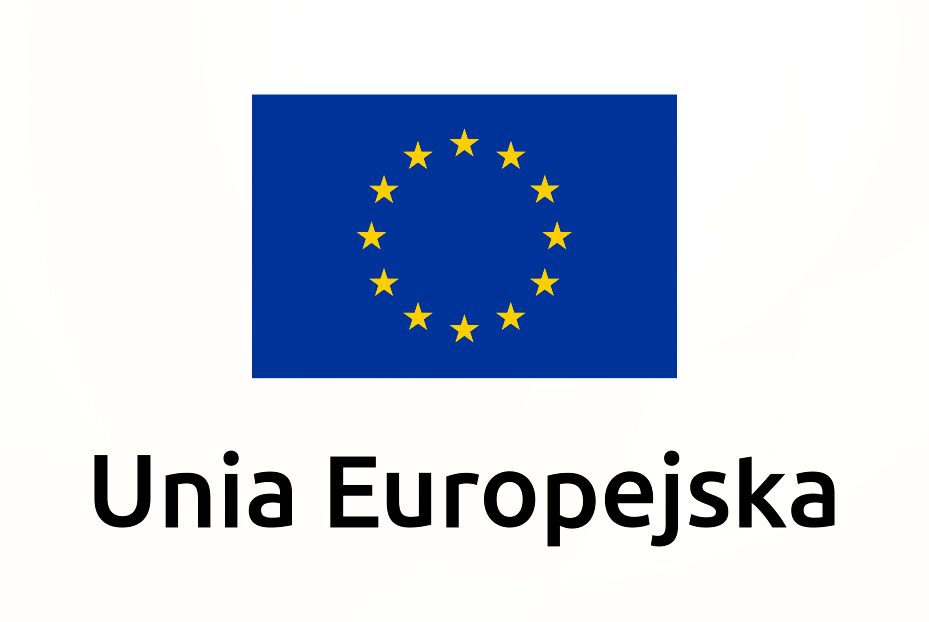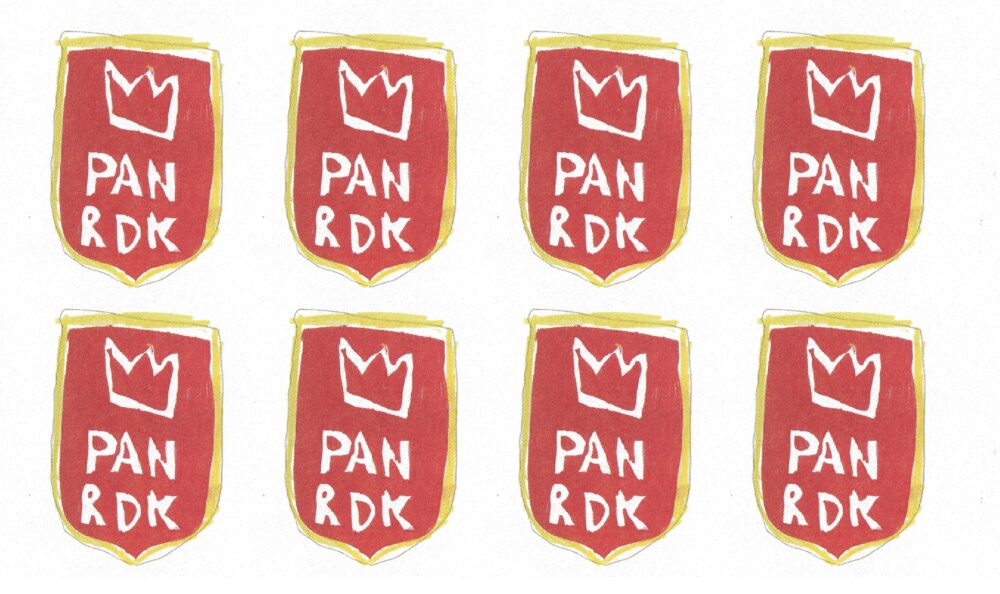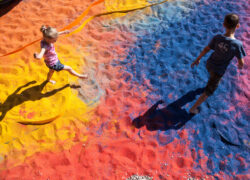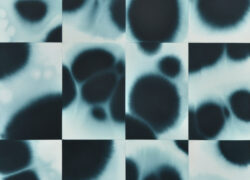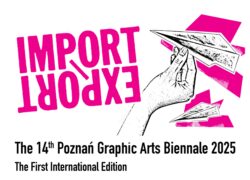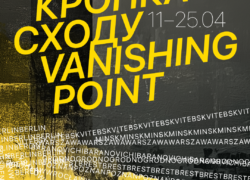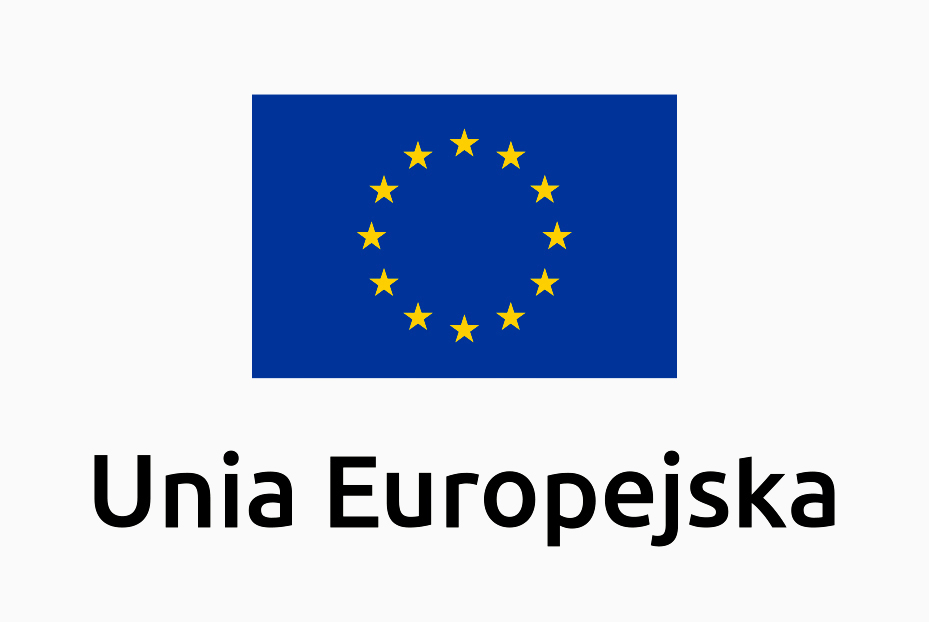The exhibition Pan Pan RDK presents the work of the Polish born, LA-based artist Radek Szlaga. The artist, now aged forty-four, is predominantly known for a painterly bravery that reconfigures notions of humor, bad taste, and neo-expressionism – the key gestures within the development of painting over the past four decades. Because the artist embraces two distinct realities, having lived in both the US and transformation-era Poland, he is also celebrated for his capacity to convey the experience of the Polish diaspora. This dichotomy is perhaps best illustrated by one of his more recent works, Decade of Decay.
Poznań has always been close to Szlaga’s heart, creativity, and wit. The artist earned an honors degree in painting from the Academy of Fine Arts (2005) and holds a PhD in painting from the University of Art in Poznań (2011). Perhaps more importantly, he was a member of PENERSTWO, an art group he co-founded in 2007, alongside peers Wojciech Bąkowski, Piotr Bosacki, Tomasz Mróz, Konrad Smoleński, Magdalena Starska, and Iza Tarasewicz. The term “penerstwo”, which broadly refers to people living on the social margins, is associated with a cultural symbolism that is unique to Poznań. However, thanks to Michał Lasota’s efforts, the group and its members have also ventured beyond the city. PENERSTWO did not start with a particular aesthetic, but Szlaga claims that “it was a bold power move in a void” and a “self-propelling machine”.
At first, the group consisted of five young men, like a boy band, but later also included Magda Starska and Iza Tarasewicz. This did not mean the end of the boy band, however. Instead, the idea of combining distinct energies, emanating from various bold propositions, came to the fore. Indeed, Pan Pan RDK aims to show this chunk of history which stands out for its time-capsule energy, mediated through technological traces and artifacts: video recordings, sounds, and costumes used in various performances. The first floor and the lower level of the exhibition are devoted to PENERSTWO and bring together artworks created by each of the group’s members, including Szlaga’s enigmatic Ziemiak Ziemek created in collaboration with Wojciech Bąkowski. Magda Starska’s 2008 piece Ice Melting, greets visitors with an untamed, hopeful gesture.
Radek Szlaga keeps sketchbooks with him all the time. When speaking about figuration and the importance of texts, he names this medium as the favorite for combining these two pictorial strategies. Interestingly, sketchbooks have largely been a medium neglected by art conservators. For the artist, however, this is a kinky medium that allows for building, often to a striking effect, an unmediated relation. When discussing his sketchbooks – reunited for this show except for Freedom Club, that sadly was lost by a third party – Szlaga reveals that they help him deal with a compulsive desire to paint everything, the entire world and beyond, to create and present overlooked opinions and narratives. They also convey a sense of animation, and the artist considers them as a “kind of motion picture” which relies on the active participation of the visitors.
In the main exhibition space, a series of textile works entitled Places I Had No Intention of Seeing (2019–ongoing) operates in a similar manner. The pieces constitute large-scale diaries, including accounts of imaginary places, and originate from various impulses, urges, and locations. The artist keeps reworking, cutting them up, and sewing them back together, while introducing new formal and material elements. In essence, they depict the artist’s personal geography, including a map of his studio. These pieces seem to clash with Szlaga’s sculptural works presented downstairs (Various Deities, 2018–2020), but remain similar in spirit, because they also emerge from a combination of materials.
Here, the terror and humor of the past perhaps give way to a sense of wisdom. Brought together in the Pan Pan RDK exhibition, these two elements serve as a statement that underpins a good, mid-career show: a distinct attitude of a good, bad boy.
curator: Julia Marchand
